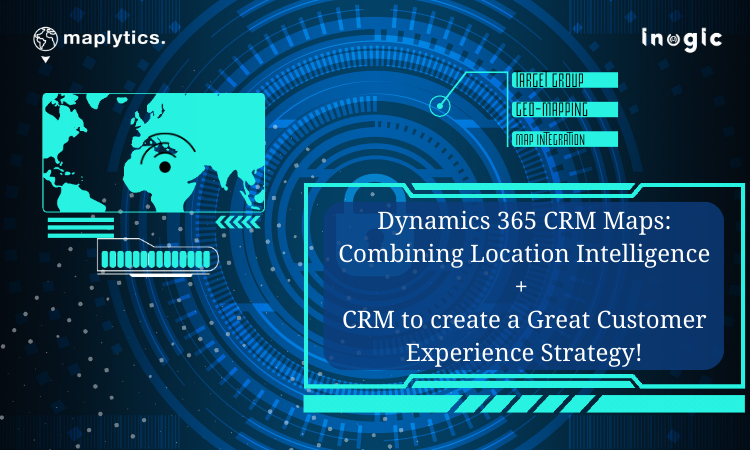“Where data aligns with geography, intelligence comes to life.” – An Experienced Guide
Have you heard about Location Intelligence?
Location Intelligence is a term that has been evolving in the industry for decades. Did you know that 80% of the data collected by organizations has a locational component? When properly analyzed, this component can drive powerful insights and optimize data utility. This valuable knowledge enables businesses to make smart, informed decisions about strategy, market structure, target group analysis, marketing playlists, and more!
In simple terms, location intelligence combines human essentials with map technology to generate actionable insights that boost business productivity and growth.
How does it apply in real life?
Imagine a global car brand looking to expand into a new country that is culturally and economically different from its home base. Traditional methods might involve studying maps and selecting regions for offices and manufacturing plants. However, with location integration, the publicly available census data of the new country can be integrated with maps. This integration helps in understanding the population density and their buying capacities in different regions. Residential and industrial lands can be identified, and transport facilities can be studied. Areas providing raw materials and potential markets for the cars can be visualized. Work patterns, spending trends, economic status, and cultural preferences of potential buyers can be documented. This comprehensive analysis allows the company to wisely choose the location for their office base, avoiding major surprises later on. That’s the power of Dynamics 365 maps combined with location intelligence.
How has Location Intelligence evolved?
Location Intelligence traces its roots back to 1854 during the cholera pandemic in London. John Snow created a map that displayed the affected areas and the infected water source, establishing a relationship between the sick and the water source. The first software based on location intelligence emerged in 1980, and by 2006, the first interactive app using this technology was developed. In 2011, location intelligence began penetrating commercial industries, and by 2012, it was being taught as a subject, either independently or alongside artificial intelligence. Today, Dynamics CRM maps and other location intelligence tools are prevalent across various industries and have become an industry in themselves. The global market size for Location Intelligence was valued at $14 billion in 2021.
What industries use Location Intelligence?
Many industries benefit from being intelligently informed. Here are a few examples:
- Healthcare
Establishing facilities in residential areas with good transport routes, water, and electricity. Ensuring accessibility for air ambulances, optimizing ambulance routes, and proximity to blood banks, pharmacies, and biomedical vendors.
- Fashion
Mapping fashion trends, assessing buying capacities, understanding cultural norms, identifying fashion-aware areas, planning transport, easy accessibility, and arranging sales strategies.
- Construction
Streamlining supply chain functionality from raw materials to finished goods, ensuring proximity to marketplaces, availability of construction labor, and open land near water bodies.
- Utility Supply
Managing supply networks, identifying main supply units, planning quick travel routes, and being aware of nearby emergency services.
- Finance
Locating banks and ATMs, finding brokers and clients, and developing relevant marketing plans.
Other industries like Hospitality, Cosmetics, and Information Technology also leverage Dynamics 365 maps integration and territory mapping dynamics 365 for business excellence.
How do applications utilize Location Intelligence?
There are various cost-effective packages within CRM that utilize client data for smarter analysis with location intelligence. One notable application is Maplytics, a flagship product of Inogic, a 5-star rated geo-analytical mapping app for Microsoft Dynamics 365 CRM / Dataverse on Microsoft AppSource.
Maplytics integrates Dynamics 365 map with Location Intelligence to enhance business operations across multiple languages. It offers advanced appointment planning, optimized route plotting, truck routing, proximity search, heat maps, live tracking, and territory management in Dynamics 365 for sales optimization. These features boost sales performance, productivity, and marketing initiatives.
Clients from various industries use Dynamics CRM route software like Maplytics across devices, even on the go, to generate leads, find convenient meeting spots, seek help in emergencies, and promote a sustainable business model along with a balanced work-life for employees.
To know more about Maplytics, contact us at crm@inogic.com with your mapping queries. For a 15-day free trial or a personalized demo within Microsoft Dynamics 365 CRM / Dataverse, get in touch with us.
For more information, visit our Website or Microsoft AppSource. Also, don’t forget to visit our, hear from our clients, and watch our videos for further details.
Be sure to check out our blogs, hear directly from our clients, and watch our videos for more insights.
Until we connect again,
Stay Informed and Grow Wise!
